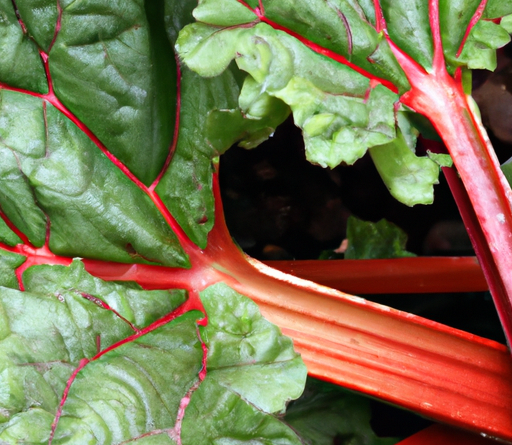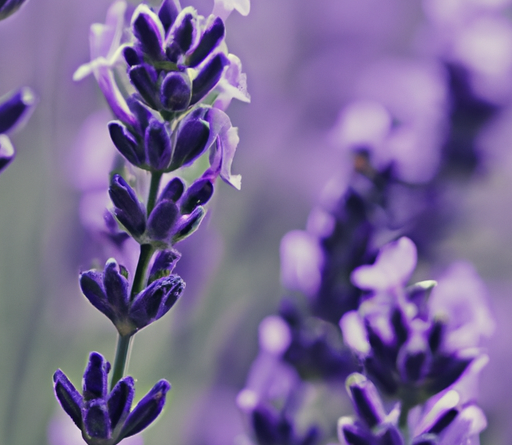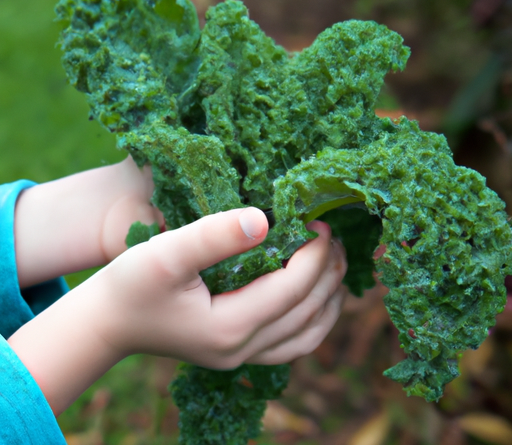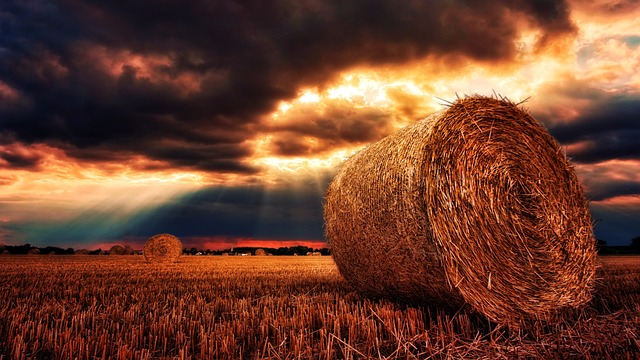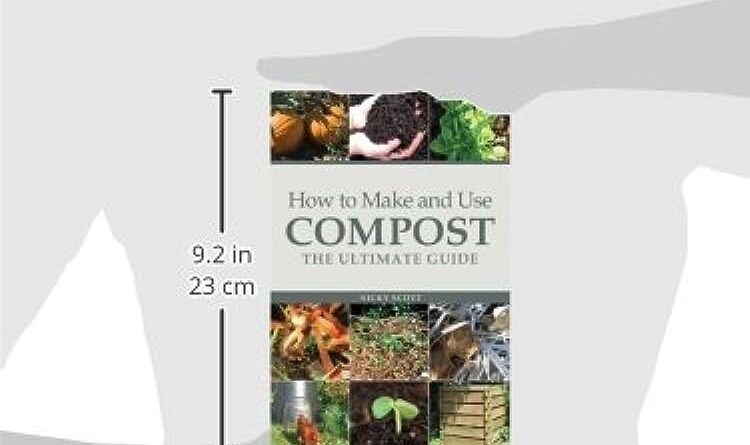
Have you ever wondered what to do with all your kitchen scraps and yard waste? Well, we have the ultimate guide on how to make compost! Composting is a great way to reduce waste, improve your soil, and grow healthier plants. In this article, we’ll walk you through the process step by step, so you can start composting like a pro.
Composting may seem daunting at first, but once you understand the basics, it’s actually quite simple. First, you’ll need to choose a composting method that works best for you – whether it’s a traditional outdoor compost bin, a tumbler, or even a worm composting system. We’ll explain the pros and cons of each method and help you decide which one suits your needs. Then, we’ll guide you on what to compost and what to avoid, so you can create a balanced mix of green and brown materials. Don’t worry if these terms sound unfamiliar right now, we’ll explain them all in detail. From managing moisture levels to turning your compost pile, we’ll cover every step of the composting process. So, stay tuned and get ready to become a composting expert!
Table of Contents
The Ultimate Guide on How to Make Compost
Composting is a simple and effective way to transform kitchen scraps and yard waste into nutrient-rich soil. Whether you’re an experienced gardener or just starting out, learning how to make compost is a valuable skill that can benefit not only your garden but also the environment. In this ultimate guide, we will walk you through the process of making compost step by step, from understanding the importance of compost to harvesting and using it in your garden.
What is Compost?
Understanding the Importance of Compost
Compost is the result of a natural process called decomposition, where organic material breaks down into a dark, crumbly substance. This process is facilitated by a diverse community of microorganisms, including bacteria, fungi, and insects, which work together to break down the organic matter.
Compost plays a vital role in improving soil health and fertility. It enriches the soil with essential nutrients, enhances moisture retention, and promotes beneficial microbial activity. By adding compost to your garden, you can create a thriving ecosystem for plants to grow and flourish.
Definition of Compost
Compost is often described as “black gold” due to its rich and valuable nature. It is a nutrient-dense soil amendment that serves as a natural fertilizer and soil conditioner. Compost is made from a combination of “green” nitrogen-rich materials, such as kitchen scraps and fresh grass clippings, and “brown” carbon-rich materials, such as dry leaves and straw.
Key Components of Compost
To create high-quality compost, it is essential to include a variety of organic materials that provide a balanced mix of nutrients. The key components of compost include:
-
Green materials: These are nitrogen-rich materials that provide essential nutrients for microbial activity. Examples include fruit and vegetable scraps, coffee grounds, and fresh grass clippings.
-
Brown materials: These are carbon-rich materials that provide structure and help create airflow in the compost pile. Examples include dried leaves, straw, cardboard, and shredded paper.
-
Water: Adequate moisture is crucial for the composting process. The compost pile should be damp, similar to a wrung-out sponge. Too much water can lead to a soggy pile, while too little water can slow down decomposition.
-
Air: Oxygen is necessary for the activity of aerobic microorganisms that break down organic matter. Turning and aerating the compost pile regularly helps ensure proper airflow.

Benefits of Making Compost
Improving Soil Health
One of the primary benefits of making compost is its ability to improve soil health. Compost enriches the soil by supplying essential nutrients, such as nitrogen, phosphorus, and potassium. It also enhances the structure of the soil, promoting better water drainage and preventing soil erosion.
Furthermore, compost improves soil fertility by creating a favorable environment for beneficial microorganisms. These microorganisms break down organic matter, releasing nutrients that are readily available to plants. By incorporating compost into your garden, you can create a nutrient-rich soil that supports healthy root development and robust plant growth.
Enhancing Plant Growth
In addition to improving soil health, compost has been shown to enhance plant growth and productivity. The nutrients present in compost are slowly released to plants, providing a consistent source of nourishment. This steady supply of nutrients promotes strong, resilient plants that are better equipped to resist diseases and pests.
Compost also helps retain moisture in the soil, reducing water stress for plants. The organic matter in compost acts like a sponge, holding water and slowly releasing it to plant roots. This moisture-retaining ability becomes particularly crucial in drought-prone areas or during hot summer months.
Reducing Waste and Landfill Usage
Composting is an effective way to reduce waste and divert organic materials from landfills. According to the U.S. Environmental Protection Agency, about 30% of household waste is composed of organic materials that can be composted. By composting these materials instead of throwing them away, you can significantly reduce your environmental impact.
When organic waste decomposes in landfills, it produces methane, a potent greenhouse gas that contributes to climate change. By composting, you help mitigate this environmental issue by diverting organic waste from landfills, where it would otherwise contribute to methane emissions. Instead, the organic matter can be transformed into nutrient-rich compost that nourishes the soil and supports plant life.
Getting Started with Composting
Choosing the Right Location
Before diving into the composting process, you need to choose the right location for your compost pile or bin. Ideally, the area should have good drainage, be easily accessible, and receive some sunlight. The size of the space needed depends on the amount of compost you plan to produce.
Selecting the Composting Method
There are various composting methods available, each catering to different needs and preferences. Some common methods include:
-
Backyard composting: This traditional method involves creating a compost pile or using a compost bin directly on the ground. It is suitable for those with larger areas and a significant volume of organic waste.
-
Vermicomposting: This method involves using worms, specifically red wigglers, to break down organic matter into compost. It is an excellent option for those with limited space or living in urban areas.
-
Bokashi composting: Bokashi composting utilizes beneficial bacteria to ferment organic waste instead of traditional decomposition. It is an ideal method for those who want to compost a variety of food scraps, including meat and dairy products.
Consider your available space, the amount of organic waste you generate, and your personal preferences when selecting a composting method.
Gathering the Necessary Materials
To start composting, you will need a mix of green and brown materials. Green materials provide nitrogen, while brown materials provide carbon. Aim for a ratio of approximately 1 part green materials to 2 parts brown materials. Here are some examples of each:
Green materials:
- Fruit and vegetable scraps
- Coffee grounds and filters
- Fresh grass clippings
Brown materials:
- Dried leaves
- Straw
- Shredded paper or cardboard
You will also need a compost bin or designated compost area to contain your materials. While there are commercially available compost bins, you can also create a simple compost pile directly on the ground. Remember to have a water source nearby for proper moisture management.
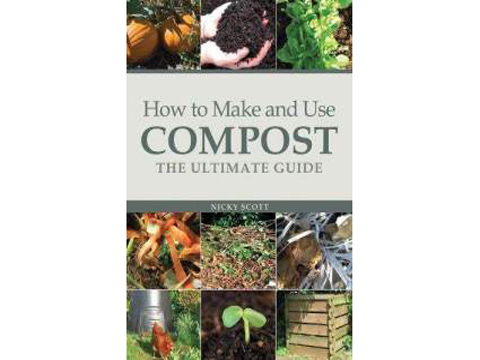
Creating the Perfect Compost Recipe
Balancing Green and Brown Materials
To create the perfect compost recipe, it is crucial to achieve the right balance between green and brown materials. Green materials provide nitrogen, which fuels the microbial activity responsible for decomposition. Brown materials, on the other hand, provide carbon, which helps create structure and airflow in the compost pile.
As mentioned earlier, aim for a ratio of approximately 1 part green materials to 2 parts brown materials. This ratio ensures that there is enough nitrogen to drive the composting process while preventing the pile from becoming too wet or smelly.
Maintaining Proper Moisture Levels
Moisture is essential for composting because it helps the microorganisms break down organic matter. The compost pile should be damp, similar to a wrung-out sponge. Too much water can lead to a soggy pile, inhibiting airflow and causing a foul smell. Conversely, too little water can slow down the decomposition process.
To maintain proper moisture levels, periodically check the compost pile and water it if necessary. If the pile feels dry, gently spray it with water until it reaches the desired moisture level. It’s important to note that the moisture content can vary depending on the materials used, the weather conditions, and the composting method. Regular monitoring is key to ensure optimal moisture levels.
Turning and Aerating the Compost
The decomposition process in a compost pile requires oxygen to support the activity of aerobic microorganisms. By turning and aerating the compost, you provide the necessary oxygen and facilitate the breakdown of organic matter.
Turning the compost involves using a pitchfork or compost turning tool to mix the materials in the pile. This process helps distribute moisture, heat, and microorganisms throughout the pile, resulting in faster decomposition. Aim to turn the compost every few weeks or when you notice a drop in temperature or a strong odor.
Aerating the compost pile involves creating airflow by layering the materials properly and ensuring adequate space between them. This can be achieved by layering green and brown materials, incorporating coarse materials like twigs or straw, or using a compost bin or tumbler designed for airflow.
Composting Dos and Don’ts
Acceptable Organic Materials
When it comes to composting, there are several organic materials that are acceptable and beneficial for the compost pile. These include:
- Fruit and vegetable scraps
- Coffee grounds and filters
- Tea bags
- Yard trimmings
- Leaves
- Grass clippings
- Shredded paper and cardboard
- Eggshells
- Nut shells
- Hay or straw
These materials provide valuable nutrients and contribute to the overall health of the compost pile.
Materials to Avoid in Compost
While there are many suitable organic materials for composting, there are also several materials that should be avoided. These include:
- Meat and dairy products: These can attract pests and create unpleasant odors in the compost pile.
- Fats, oils, and greasy foods: These can also lead to bad smells and slow down the decomposition process.
- Diseased plants: Including diseased plants in your compost can spread diseases to your garden.
- Weeds with mature seeds: Weed seeds may survive the composting process and germinate later when the compost is used in the garden.
By avoiding these materials, you can maintain a healthy and odor-free compost pile.
Potential Issues and Troubleshooting
Composting is a natural process, and occasionally, issues may arise. Here are some common composting problems and how to troubleshoot them:
-
Foul odor: A strong, unpleasant smell usually indicates an imbalance in the compost pile. Ensure you have the correct green to brown ratio and adequate airflow. Turning the pile and adding more brown materials, such as dry leaves or shredded paper, can help absorb excess moisture and eliminate odors.
-
Slow decomposition: If your compost pile is not breaking down as quickly as expected, it may need more green materials or moisture. Check the moisture levels and add water if necessary. Increasing the amounts of nitrogen-rich materials, such as fruit and vegetable scraps or grass clippings, can also speed up decomposition.
-
Pests or critters: If pests or critters are attracted to your compost pile, avoid adding meat, dairy, or greasy food scraps. Make sure the compost pile is secure by using wire mesh or a tightly sealed compost bin. Turning the pile regularly can also discourage pests by disrupting their habitat.
Remember that patience is key when composting. Depending on various factors, such as temperature, materials used, and composting method, the process can take several weeks to several months.
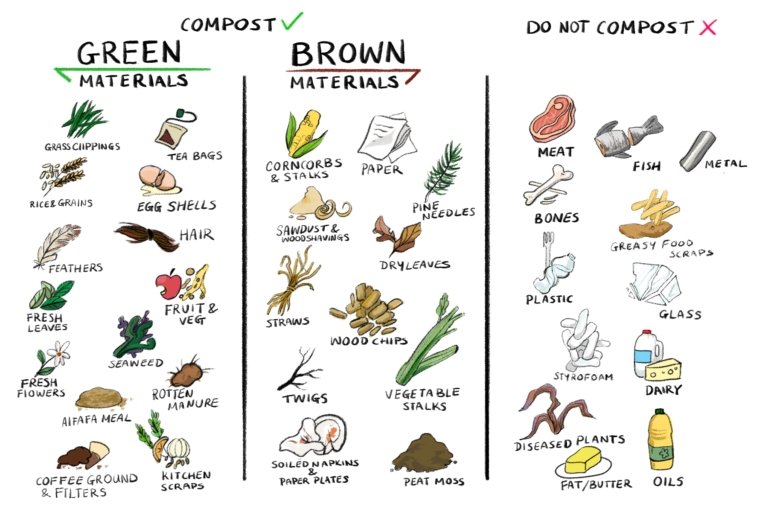
Different Composting Techniques
Traditional Backyard Composting
Backyard composting is a widely practiced method that involves creating a compost pile directly on the ground. To start backyard composting, choose a suitable location that provides proper drainage and some sunlight. Layer green and brown materials, making sure to maintain the recommended ratio. Regularly turn the pile to ensure adequate airflow and moisture distribution. With time and proper maintenance, you will have nutrient-rich compost for your garden.
Vermicomposting with Worms
Vermicomposting utilizes worms, specifically red wigglers (Eisenia fetida), to break down organic matter into compost. This method is ideal for those with limited space or living in urban areas. To start vermicomposting, set up a worm bin, preferably with a lid and bedding material such as shredded newspaper or cardboard. Add kitchen scraps to the bin, ensuring they are finely chopped or blended. The worms will consume the organic matter and produce valuable worm castings, also known as vermicompost. Take care to maintain proper moisture levels and provide a suitable environment for the worms. With the right conditions, your vermicomposting bin will yield nutrient-rich compost.
Bokashi Composting
Bokashi composting is a unique method that utilizes beneficial bacteria to ferment organic waste. This process is different from traditional decomposition and can compost a wider range of materials, including meat and dairy products. To start bokashi composting, you will need a bokashi bin and bokashi bran, a mixture of bran and effective microorganisms (EM). Add kitchen scraps to the bin in layers, sprinkling each layer with a handful of bokashi bran. The EM in the bran will ferment the waste, breaking it down into a pre-compost material. Once the bin is full, allow the waste to ferment for a few weeks before transferring it to a compost pile or burying it in the soil. The fermentation process continues during these stages, and the waste will eventually transform into nutrient-rich compost.
Tips for Faster and Efficient Composting
Chopping or Shredding Materials
Chopping or shredding your compost materials into smaller pieces can significantly speed up the decomposition process. By increasing the surface area of the materials, you provide more opportunities for microorganisms to break them down. Consider using a chipper or shredder for larger items, such as branches or stalks, and chop food scraps into smaller pieces before adding them to the compost pile.
Layering Green and Brown Components
To optimize the composting process, it is essential to layer green and brown components. This layering technique helps create a balanced mix of nitrogen and carbon, promoting efficient decomposition. Start with a layer of brown materials, followed by a layer of green materials, and continue alternating until the compost pile reaches the desired size. This layering technique ensures a consistent supply of nitrogen for microbial activity and helps prevent the pile from becoming too wet or compacted.
Monitoring and Adjusting Compost
Regular monitoring of the compost pile is crucial to ensure optimal conditions for decomposition. Check the moisture levels by squeezing a handful of compost; it should be damp but not dripping with water. Adjust the moisture content by adding more water or brown materials as needed. Additionally, monitor the temperature of the pile; a healthy compost pile should reach temperatures between 120°F and 160°F (49°C and 71°C). If the temperature drops significantly, turn the pile to reintroduce oxygen and promote microbial activity.
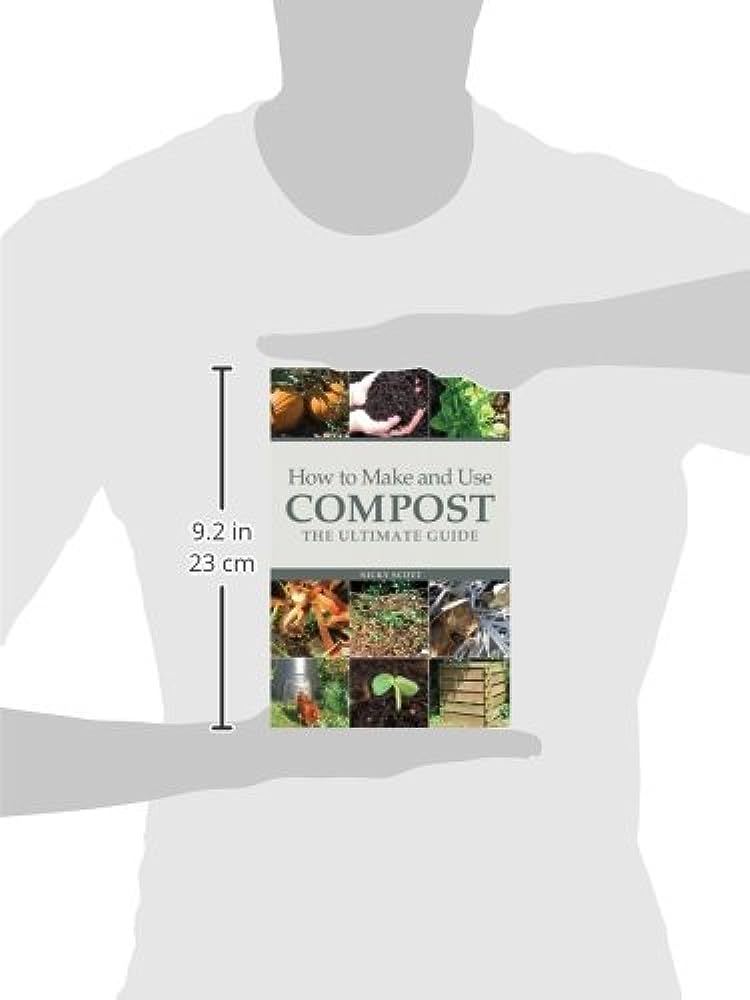
Maintaining and Harvesting Compost
Proper Compost Pile Maintenance
Maintaining a compost pile involves regular turning, monitoring, and adjusting as necessary. Turning the pile every few weeks or when necessary helps distribute heat, moisture, and microorganisms throughout the pile. It also prevents the pile from becoming compacted and allows for better airflow.
Monitoring the compost pile involves checking the moisture levels, assessing the temperature, and observing the decomposition progress. Adjust the moisture content and add green or brown materials as needed. Keep an eye out for any issues, such as foul odors or pests, and address them promptly to maintain a healthy compost pile.
Knowing When Compost is Ready
Compost is ready to use when it has transformed into a dark, crumbly substance with an earthy smell. The original organic materials should no longer be recognizable. Depending on various factors, including the materials used and the composting method, this process can take anywhere from a few weeks to several months.
To determine if your compost is ready, perform the “squeeze test.” Take a handful of compost and give it a gentle squeeze. If water drips out, the compost is too wet and needs additional time to decompose. If the compost holds its shape and feels crumbly, it is ready to be used in your garden.
Harvesting Compost for Garden Use
To harvest your compost, start by removing any large or uncomposted materials, such as twigs or woody stems. Then, use a garden fork or shovel to transfer the finished compost to a separate container or directly onto your garden beds. Spread a layer of compost evenly over the soil surface and lightly incorporate it into the top few inches of soil. This will ensure that the nutrients are available to plant roots.
Remember that compost is an ongoing process, and you can continue adding materials to your compost pile while harvesting finished compost. With proper maintenance and care, your compost pile can provide a wealth of nutrient-rich material for your garden year after year.
Creative Uses for Compost
Using Compost in Garden Beds
The primary use for compost is to improve soil health and fertility in garden beds. Spread a layer of compost over your garden soil and gently incorporate it into the top few inches. This will enrich the soil with essential nutrients, improve water drainage, and promote a thriving ecosystem for plants. Compost can be used in both vegetable and flower gardens, providing the foundation for robust and productive plants.
Creating Compost Tea
Compost tea is a liquid fertilizer made by steeping compost in water. To create compost tea, place a generous amount of compost in a cloth or mesh bag. Submerge the bag in a bucket or container filled with water and let it steep for several hours or overnight. The water will extract nutrients and beneficial microorganisms from the compost, creating a potent plant tonic. Use the compost tea to water your plants or as a foliar spray to promote their growth and vitality.
Compost as Potting Mix
Compost can also be used as an ingredient in potting mixes for container gardening. Mixing compost with other components, such as peat moss, vermiculite, or perlite, can create a nutrient-rich growing medium for potted plants. The compost provides essential nutrients and promotes moisture retention, while other components ensure adequate drainage and aeration. By incorporating compost into your potting mixes, you can provide a healthy environment for plants to thrive.
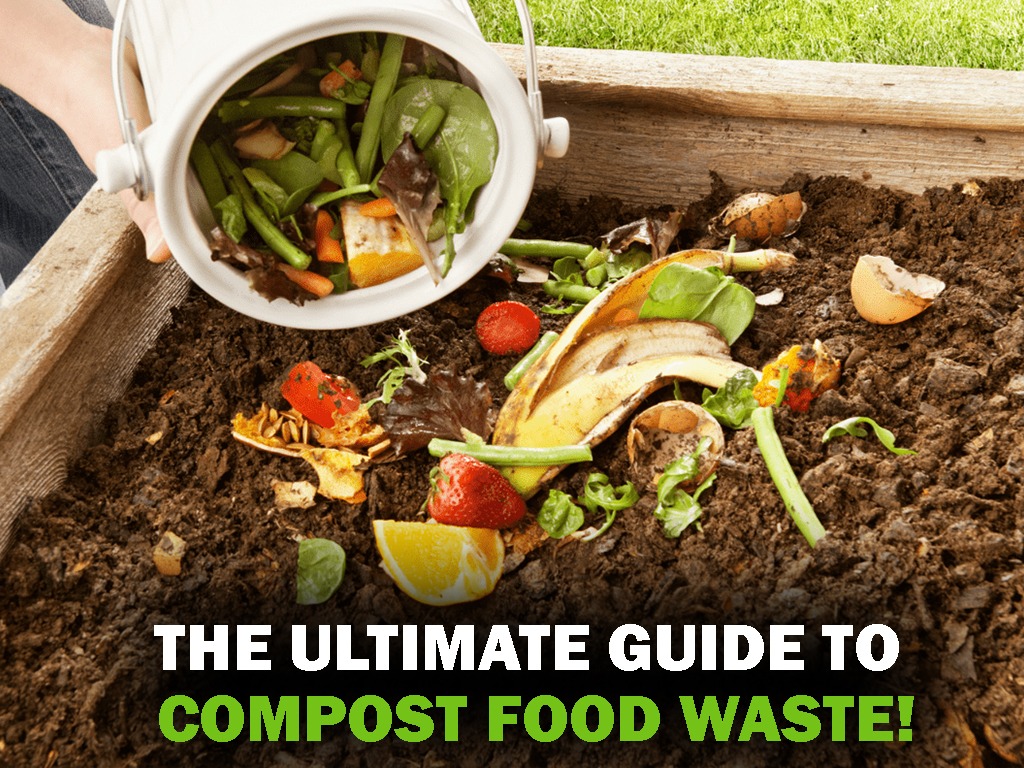
Conclusion
Final Thoughts on Making Compost
Congratulations! You have now learned the ins and outs of making compost, from understanding its importance to harvesting and using it in your garden. By implementing composting into your gardening routine, you can reduce waste, improve soil health, and enhance plant growth. Remember to choose the right location, select a composting method that suits your needs, and gather the necessary materials. Maintain proper moisture levels, turn and aerate the compost regularly, and monitor and adjust as needed. You can also explore different composting techniques, such as backyard composting, vermicomposting, or bokashi composting. Follow the tips for faster and efficient composting, and maintain and harvest your compost as necessary. Get creative with the various uses for compost, including garden beds, compost tea, and potting mix. With this ultimate guide, you have everything you need to embark on an exciting journey of making compost and reaping the benefits for your garden and the environment. Happy composting!



